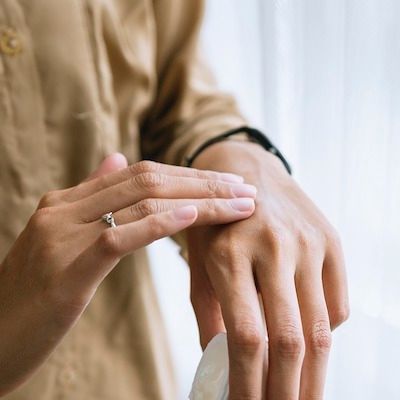Opinion
Video
The Role of Advanced Practice Providers (APPs) in Dermatology
Lauren Miller, MPAS, PA-C; and Jayme Heim, MSN, FNP-BC, discuss the role of advanced practice providers (APPs) within dermatology, highlighting the medical, surgical, and cosmetic categories in the space.
Lauren Miller, MPAS, PA-C: Hello and thank you for joining this Peers & Perspectives presentation titled “Navigating Expanding Treatment Options for Plaque Psoriasis: A Conversation With Advanced Practice Providers.” I’m Lauren Miller, past president of the Society of Dermatology, physician assistant (PA) and current director of PR [public relations] and Education for Dermsquared. And I’m a practicing dermatology PA based out of Alabama. Joining me [today] is Jayme Heim, a nurse practitioner who has dedicated her entire career to working in dermatology. And she’s based out of Grandville, Michigan. So, Jayme, it’s good to have you. I’ve known you for many years. I’ve always been very inspired by your expertise and your knowledge, so I’m excited to be able to talk to you today. Our discussion is going to focus on new treatments for plaque psoriasis, and we’re going to focus on their safety, efficacy, and the role and management of patients with plaque psoriasis. Thank you so much for joining us. Let’s begin. So, Jayme, let’s talk about nurse practitioners and physician assistants; how are we critical [to] the management of dermatology patients and managing chronic diseases such as plaque psoriasis?
Jayme Heim, MSN, FNP-BC: Well, I think we have a very important role. I look at it in 3 buckets: the medical bucket, the surgical bucket, [and] the cosmetics [bucket]. And I think that we…have the most surgeons that perform the most surgeries. They also do the most in-depth types of surgical procedures, and they add cosmetics. A lot of cosmetics are done by NPs [nurse practitioners], but a lot of physicians also do cosmetics. Which leaves a lot of the medical care [to the] employees and NPs. [Many of] these patients are chronic patients, too. That’s why I think it’s very important that we have this opportunity to go ahead and become very good at our craft.
Lauren Miller, MPAS, PA-C: Right. I think one of the current analyses that I looked at [showed that] there are around 12,000 practicing dermatologists. And we know that although that number seems very high, really in the grand scheme of things, it’s really not. You think about rural areas where there’s this lack of care. And so I think it’s important. It allows for patients to be able to receive care in a timely fashion. We know that there are chronic diseases that affect quality of life. There are some life-threatening conditions [where] we’re able to bridge that gap and allow patients to get in when they need to get in and still get quality care. [Do] you agree with that?
Jayme Heim, MSN, FNP-BC: Absolutely.
Transcript is AI-generated and edited for clarity and readability.





